I had the pleasure to visit ASID’s new HQ, the first space to receive both the WELL Platinum and LEED Platinum certifications. Becoming the first space to receive both the WELL Platinum and LEED Platinum certifications makes it truly one of a kind. ASID and Perkins+Will partnered to create an exceptional space that speaks to who they are and what they value. They wanted to be on the cutting edge of modern workspace design, but also create a space that was restorative to their people with minimal negative impact to the environment.
From the moment you walk in and are greeted by the virtual assistant at the front door, you know you are walking into the future. The new ASID National Headquarters is a living lab dedicated to creating a premier workspace for its employees. It’s also built to study the effects of some of the key elements of that space that address human health and well-being.
ASID applied evidence-based design strategies to create a space that is pleasing to the human eye, but also scientifically proven to address a wide range of issues, from cardiovascular health to sustainable agriculture.
Biophilic Design and WELL
One of the requirements for achieving WELL certification for building interiors is the incorporation of biophilic design. The WELL Building Standard aspires to “create an interior environment that nurtures the human-nature connection.”
WELL’s Biophilia Precondition (#88) deals with “Nature Incorporation.” The first major infusion of biophilic design is present even before you enter the glass front doors. The striking Net Effect carpet has a color and pattern that resembles the ocean. Beyond the aesthetics, the carpet contains 100% recycled nylon, which is partially made from fishing nets recovered from environmentally-sensitive coastal communities in Asia and Africa through the Net-Works program.
Natural Elements
The vegetated plant ledge, which extends throughout the space, simply and efficiently brings greenery through almost every workspace in the office. The ledge provides the same benefits as a green wall, but is much easier to maintain. From the front conference room to the meeting space in the back corner, plants brighten employees’ day, while also cleaning the air they breathe.
Some other notable biophilic elements used in this space include a magnified pattern of dragonfly wings on the interior glass to provide some visual privacy, a unique design detail and a subtle biomorphic pattern to the space. Abstract water patterns on the conference room walls also provide beauty, vibrant colors and a connection to nature.
I am thrilled to see ASID leading their constituency to embrace WELL, LEED and the rising movement towards evidence-based design strategies.
Biophilia is inherent to us as human beings, and biophilic design provides a framework for us to build exceptional spaces enabling us to thrive and do our best possible work.
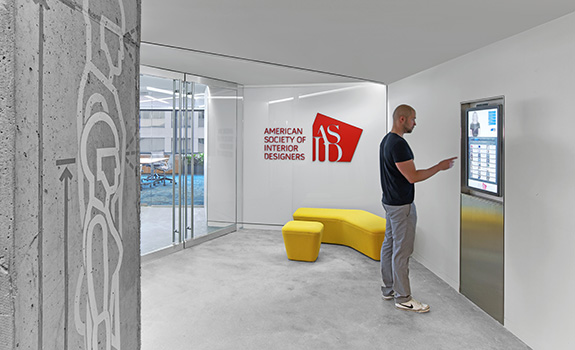
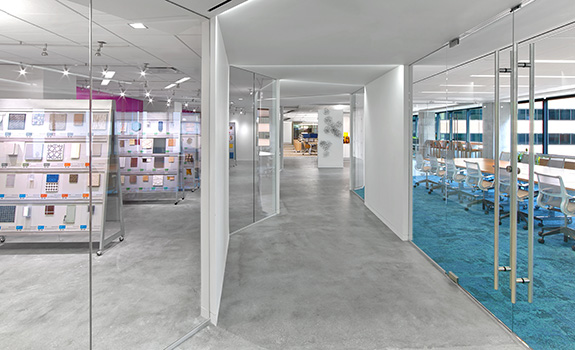
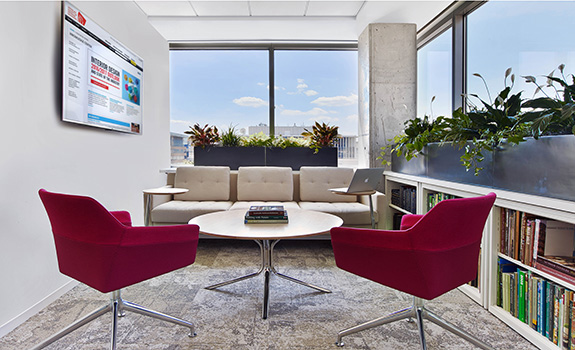
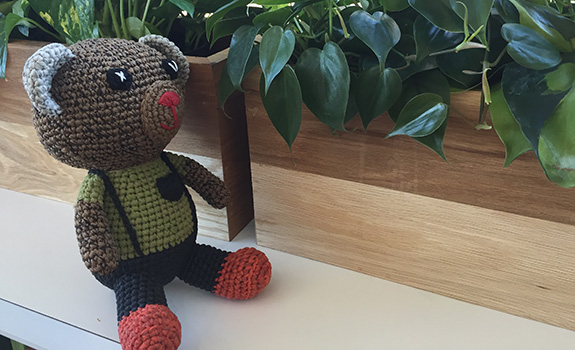
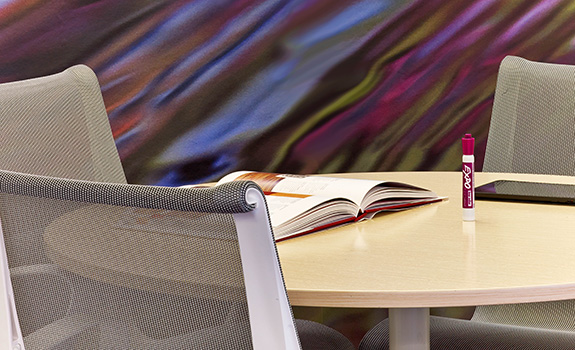
One response to “Biophilic Design: A Pathway to WELL Certification at ASID Headquarters”
Great article!We will be linking to this particularly great article on our site.
Keep up tthe good writing.